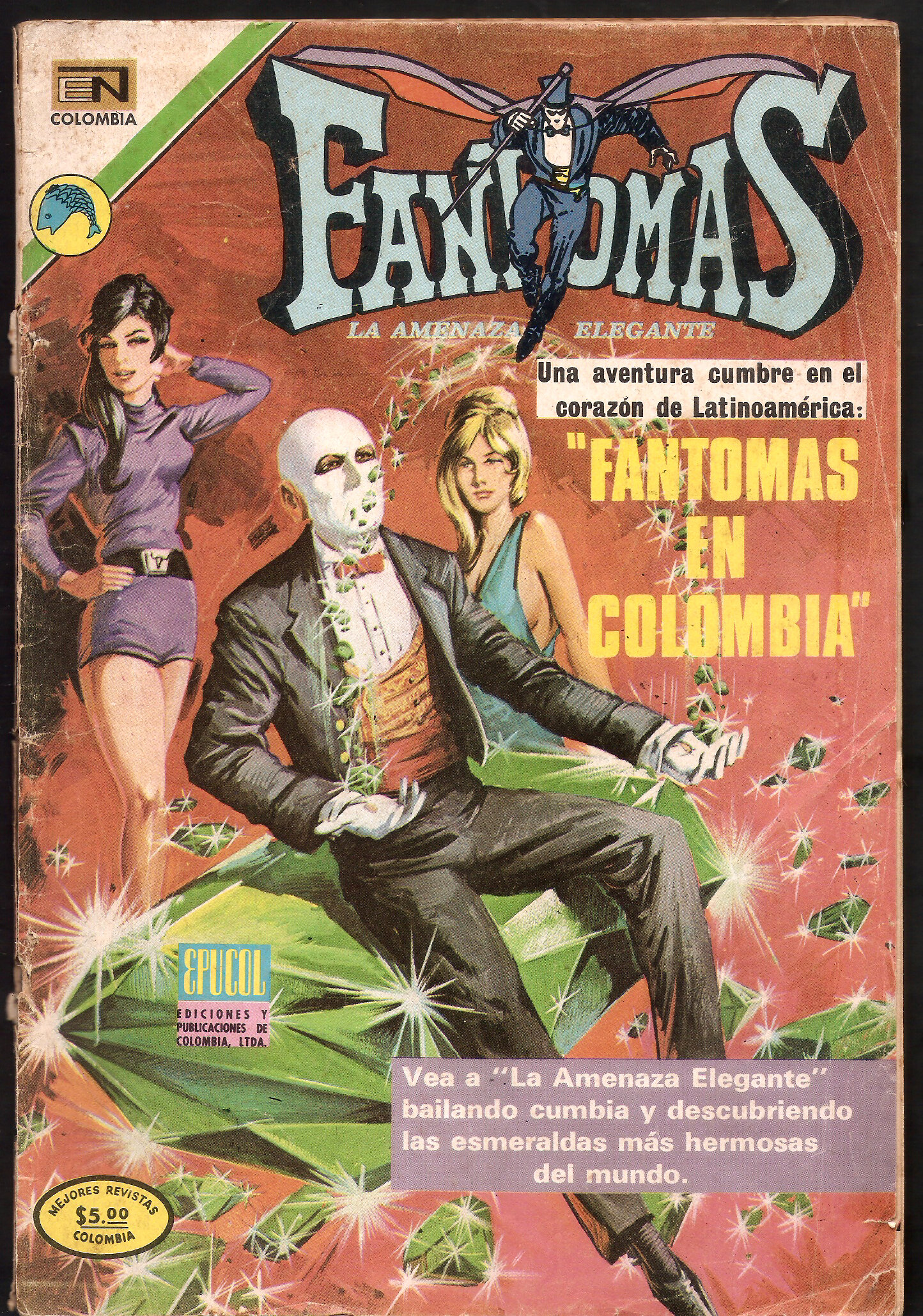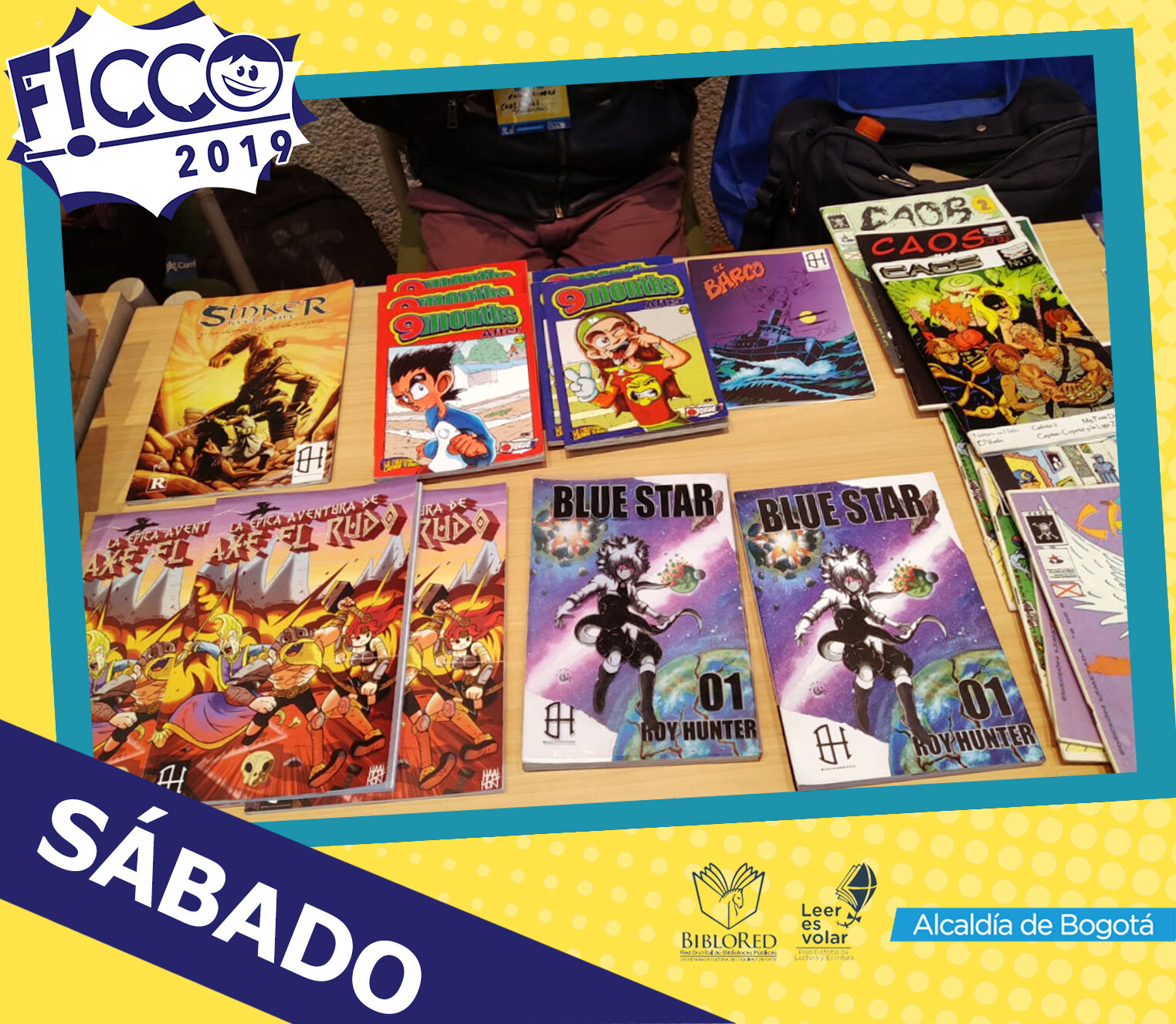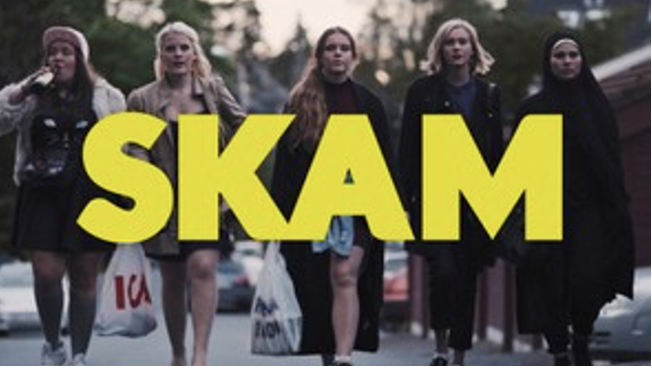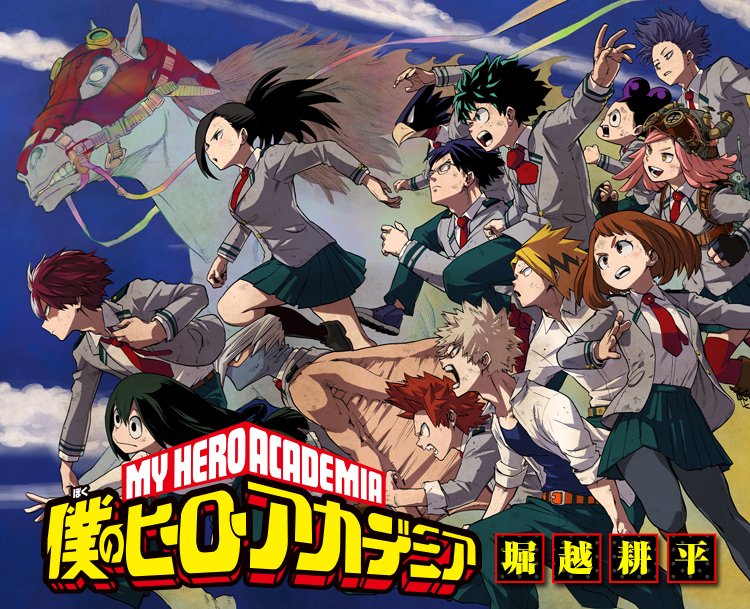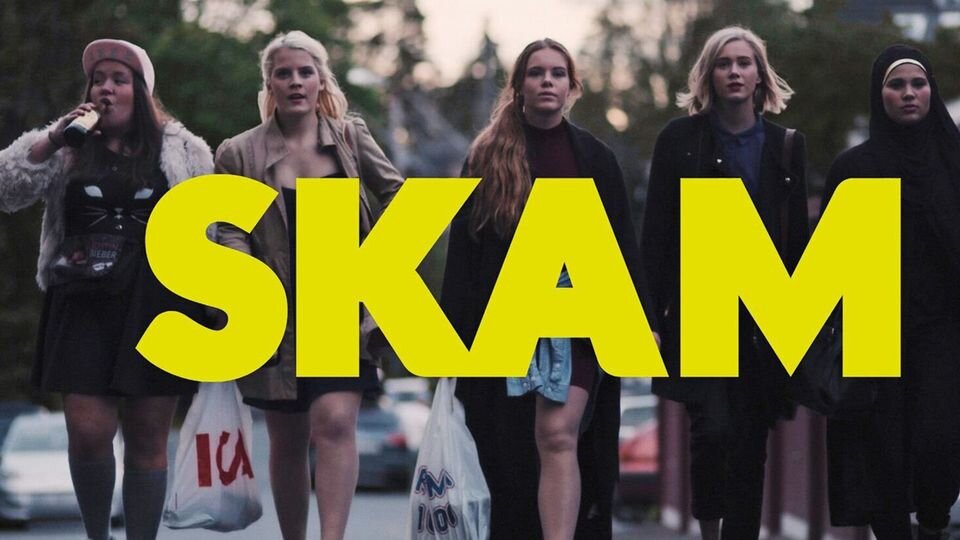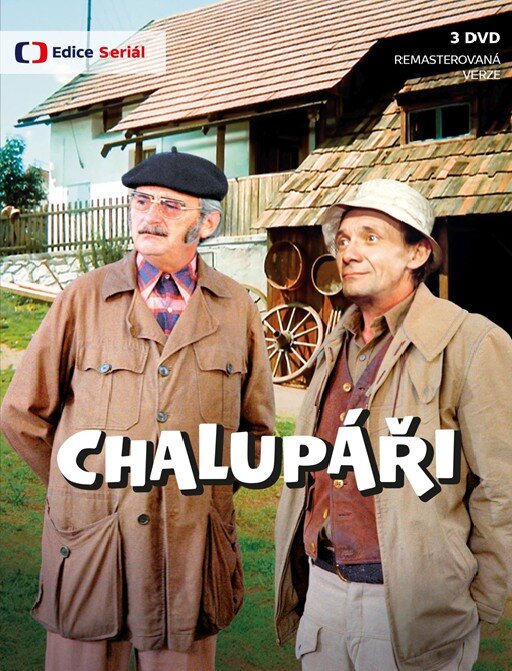Global Fandom: Olivier J. Tchouaffe (Cameroon)
/I came to understand the modality of the cultural production of comics and the popularity of fandom in Africa as the power of art to create agency, cultural unity and reconciliation on a global scale. Which brings us, first, to how we found cultural validity amidst the so-called commodification of marginal aesthetic products and a circuit of transmission dominated by consumers dupes.
Consequently, products consider by conventional artistic standards as trash but found a home with us to become mainstream and a powerful matrix of our imaginary demonstrating the power of stylized original forms that turned into support of our collective imagination. Particularly, creating real needs for the use values of these industrial products that defied its initial reception and calculation. All this bring to mind the bridge between high and low art to build upon these categories the status of artistic authorship to cartoons and comic books producers through Walter Benjamin’s notion of aura and the democratization of artistic meaning through the formation of a global participatory culture. [1]
Second, to consider broader dynamics such as fandom as a complex literal and metaphorical journey mixing together modern science and mass culture. This work traces fandom as part of liminal geographies that synthesizes original aesthetic experiences with exercises of maturation embedded in the nexus of inter-evolution of sovereign entities emanating from the cultural force and the symbolic power of African totems mashing together shape-shifting practices, forms of self-description and self-narration which are rituals incarnation derived from the natural world, myths and stories and spanning generations of traditional practices and constant generative possibilities through processes of reinterpretive practices , contextualization and reconfigurative positionalities embedded in these rituals with the urgency of modern life and un-colonized forms of imagination and visual sovereignty which, however, reflect universal cognitive processes..
Precisely, how African culture synthesizes proper development within a relational practice of inter-evolution where real authenticity and individual sovereignty is achieved through a synthesis between an individual and his totemic or post-human power that ordinary Africans perceived as extension of themselves. This can explain, for instance, the success of Marvel’s Black Panther on the continent where, beyond special effects, is the reclaiming of the totemic power of the black panther as it relates to the fluidity of African cosmologies which translate as the fluidity between the organic and the inorganic , humans and other living entities and the beliefs in living worlds beyond human perception, therefore, a continent embedded in Afrofuturistic imaginaries, visual sovereignty and the production of African’s homegrown emancipatory knowledge and practices embedded in a long history of global transmedia stream that reconcile organic political tools with the supercharged global speed of things and reconciling technological changes with the permanence of the local indigenous communities and emphasizing the staying power of oral cultures.[2]
Native Context
While in a discussion of fandom in Africa, I would like now to look at my own family, which owned movie theaters and helped produce films in the West African countries of Cameroon. In addition, I would like to discuss my mother, Marie-Claire Tchouaffe, an executive in the country’s largest distributor of books, newspapers and magazines who made me highly popular in the neighborhood and turned me into a one-man library of sorts by regularly bringing home the cartoons of Superman, Batman, and Spiderman, Mandrake the Magician, Tarzan, Akim, Zembla, and Flash Gordon that we claim as our own indigenous tropes because we did not see any forms of epistemological rupture with our own cosmological universe and therefore could locate our own proper lineage through these figures and entities.
In addition to others impersonating Americans and almost unknown in the US, including, Blek the Trapper and Lucky Luke that I now regularly lend to my American friends for a unique view of their own culture from an outside creative and eclectic perspective.
SUPERMAN
Hence, being a fan is about pushing the boundaries of what is humanly possible. Heroes whether Superman, Batman or even the anthological Prometheus can be seen as redefining the limits of human potential since they are breaking into the final frontier, and in so doing, enlarging the scope of human knowledge and abilities. Perhaps, the most interesting thing about fandom is that it involves a mixture of technology, mythology, fantasy, and the drive to transcend borders. Which is what had led me to Texas in the early 1990s, a place that in the eyes of my family was still very much like the Wild West, and where many of my future American friends supposed I still had zebras, tigers and lions trotting around my backyard.
BATMAN
Knowing the details and profound logic of Batman or Superman, moreover, is a science and a language in of itself where notions of space and time, tradition and modernity are constantly intertwined and overlapping. Part of the core message is the love of seriality and the pleasure of anticipation. These different systems of writings and performance have something in common which at the core was the idea that the world of tomorrow will be a better and more tolerant place because the actions of these heroes increase scientific knowledge. Hence, fandom for me always was about open and unlimited spaces of possibilities where the grandeurs of human potential always asserted itself. Reading about Batman and Superman allow me to revel in all kinds of scientific absurdities while also allowing me better sense of the political and cultural environment of my own country Cameroon while growing up in the country under a dictatorship. It opened my eyes providing me with a way to circumvent the mind-numbing local political propaganda by inventing an alternative world of unlimited possibilities.
As I continue to take note of the ongoing transformation of Superman and Batman, I am still baffled by cartoons like Blek the Trapper and Lucky Luke, the man who shoots faster than his shadow. [3] How both were representing respectively the tale of the struggle for American independence and the taming of the American wild West, as seen through the eyes of Italian and Belgian artists. These hand me down cartoons were sold to us in Cameroon as quintessential American stories and reveal how multi-layered complicated notions of fandom can seem since with these cartoons, we have an Italian or Belgian perspective of American history recapitulated and passed on as a hybrid-sort of fandom to share with Africans. I always found it interesting that my American friends had never even heard of the characters who are supposed to be a great part of their stories, thereby, illustrating my point about complex layers of fandom.
Blek Le Roc and Lucky Luke
To clarify, Blek, the Trapper and Lucky Luke represent a view of America refracted and reflected through European eyes, which as with the Spaghetti Western of Sergio Leone, reveal the worldwide appeal of myths involving the American West which itself can be seen as a substitute for a kind of eternal wild frontier. It is equally interesting while revisiting Lucky Luke to examine the debate about ethics around fandom. My enthusiasm nowadays is tempered by the clichés and stereotypes embedded in the cartoons even if they were created in good humor. While the description of colonial Brits in Blek the Trapper as “Red Lobsters,” might cause to ponder about the origin of the famous seafood chain, the recurrence of Chinese as cunning and sneaky and of Mexicans as lazy and irresponsible. More, the Blacks as darkies are unequivocally racist in nature, even though Lucky Luke as a defender of the vulnerable offsets them.
Thus, the grotesque depiction of minorities allows us to make a moral judgment about the relationship between representation and reality. These cartoons hero’s depiction therefore even though they did not look like us, or move like us, and did not come from our culture but they did talk like us, and they were always defending of the hopeless and the oppressed. You can feel the desire for justice and to make the world a better place by fighting evil on all fronts with the power of human potential. Thus, even though it was all fantasy, and we knew all the codes, it was a convention we were happy to live by since it gave us hope.
This idea of fandom here functions as a powerful link through a nebulous context driven by science fiction, superhero movies/fantasy and a new form of postcolonial ethic. Taken together, to unravel conventional ideological practices as they appear in visual culture to challenge the excesses of neoliberal capitalism and its catalogue of oppression. The aim is to take established fan bases to re-examines ideological practices that naturalize and moralize along conventional constructions of gender, sexuality, race, ethnicity, and geography. The goal is the idea that we were able to experience critical distance to entities and objects we related to in order to exploit the concept of transgression or presenting camp pastiches that illuminate the construction and the fragility of these structures and how new forms of knowing is mapped into all aspects of the body, performance, and the narrative in ways that polymorphically do not, oftentimes, adhere to conventional description of modes of beings and knowing.
Olivier J. Tchouaffe is a film and media scholar. He is originally from Cameroon and received all his degrees from the University of Texas at Austin in Radio-Television and Film. Dr. Tchouaffe is specialized in African cinema and affiliated with Southwestern University. Besides many journal articles and book chapters, Dr. Tchouaffe is the author of Passion of the Reel (2015); Varieties of Literature in Cameroon (2016) the Cinematic Experiences of Abderrahmane Sissako (2017) and Citizen Colt: Transnational Commercial Cinemas, Coffee and the Poetic of Homes (2020)
[1] Benjamin, Walter. “The Work of Art in the Age of Mechanical Reproduction.” Illuminations, Schocken Books, 1969, pp. 217–51.
[2] Cameroonian UFC champion, Francis Nganou has been named one of 'Marvel’s Earth’s Mightiest Athletes'.
He was accorded the recognition at the 2021 ESPN Sports Humanitarian Awards.
"Just 8 years ago I was crossing the Mediterranean to make it from Africa to Europe then I was homeless in Paris, sleeping in the streets. I just had a dream to become something..." Ngannou says.
[3] Moving to Texas, some scenes from Lucky Luke took another dimension. For instance, Lucky Luke as a bounty hunter taking Billy the Kid into custody and stopping in a Mexican taqueria for Tacos and Tamales to have Billy the Kid going crazy with the Tabasco sauce to the point of spending days later with his head in the bucket trying to deal with the aftermath of a “Tabasco overdose.” More, the Lucky Luke and the ballad of the Dalton Brothers. The Dalton Brothers were originally introduced in Lucky Luke #6 and modeled after the real Dalton Brothers: Bob, Grat, Bill and Emmett. The Daltons were killed in the end of that story, but since they proved very popular by readers, writer/artist Morris introduced their cousins Joe, William, Jack and Averell in issue #12. They have the same appearance as the original Dalton brothers, but are less dangerous






